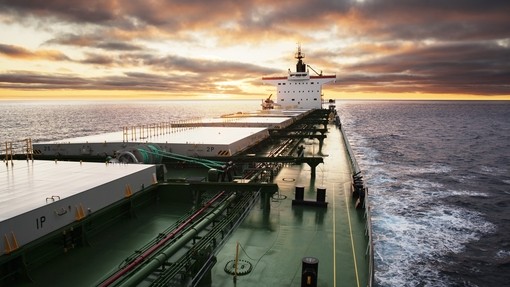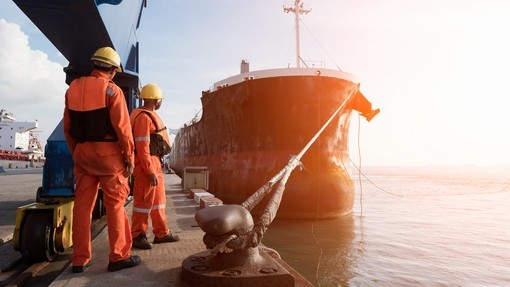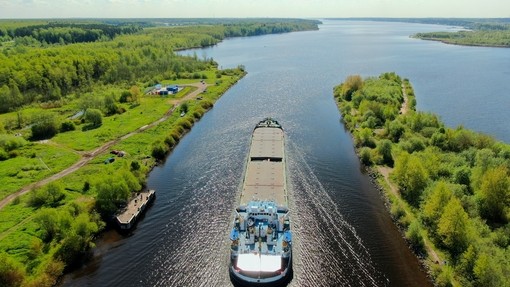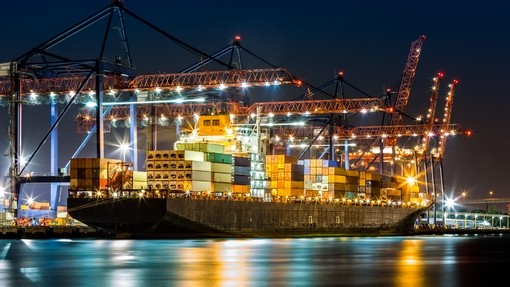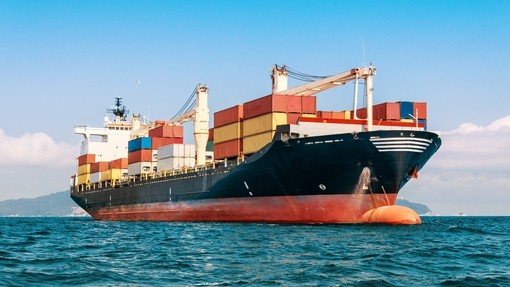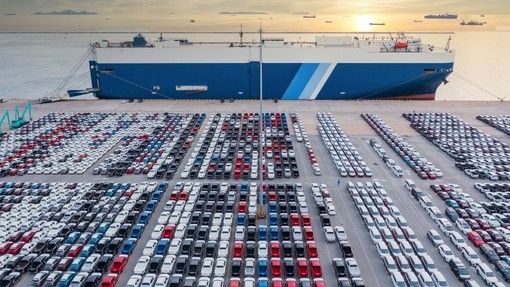Evergreen Marine (UK) Limited -v- Nautical Challenge Limited [2018] EWCA Civ 2173
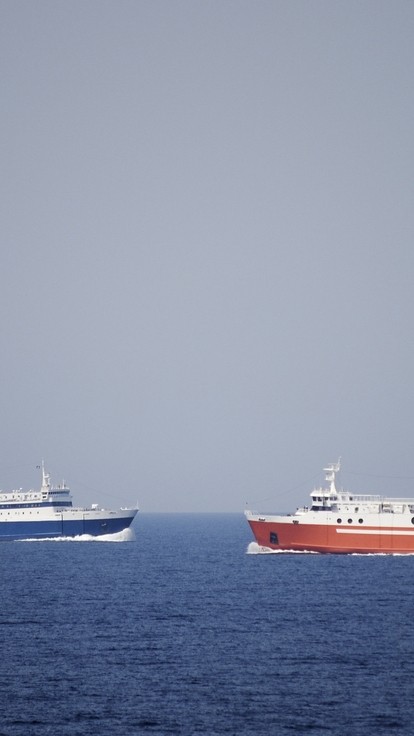
Details
The Court of Appeal has upheld the first instance judgment of Mr Justice Teare in respect of the apportionment of liability for a collision that occurred at the entrance to the narrow channel leading to the port of Jebel Ali, UAE. The Court was required to consider the applicability of the overriding requirements of good seamanship (rule 2), the crossing rule (rule 9) and the narrow channel rule (rule 15) of the International Regulations for Preventing Collisions at Sea 1972 (‘the Collision Regulations’). A summary of the Admiralty Court decision from our April 2017 edition of shipping case digest.
Factual background
Shortly before midnight on 11 February 2015 the “EVER SMART”, a laden container vessel owned by the appellant, collided with the “ALEXANDRA 1”, a laden VLCC owned by the respondent. The collision occurred outside the dredged channel that served as the entrance and exit to the port of Jebel Ali in the UAE. At the point of collision, the “EVER SMART” was exiting the channel and making 12.4 knots over the ground. “EVER SMART” had been slightly to the (wrong) port side of the channel and had made a course correction to bring the vessel back to the starboard side of the channel, but this did not appear to have had any effect. “ALEXANDRA 1” was making 2.4 knots over ground was waiting to pick up a pilot at the entrance to the channel and was headed in a broadly ESE direction (between 81° and 1 27°) so as to cross the approaches to the channel which was to starboard of “ALEXANDRA 1”. Instead of turning starboard to enter the channel “ALEXANDRA 1” continued to cross the channel. The master of “ALEXANDRA 1” appears to have misheard or misunderstood a VHF conversation between Port Control and a tug believing that “EVER SMART” had been directed to pass astern of “ALEXANDRA 1”.
The damage to both vessels was considerable: in the region of US$32 million for the “ALEXANDRA 1” and almost US$4 million for the “EVER SMART”.
At first instance, Teare J held (having taken advice from the Elder Brethren of Trinity House) that “EVER SMART” was governed by the narrow channel rule of the Collision Regulations (rule 15), and “ALEXANDRA 1” by rule 2, the ordinary practice of seamen. The crossing rule (rule 9) was inapplicable because the “ALEXANDRA 1” was not on a sufficiently constant heading to be herself on a course as, at the time, she was waiting to embark her pilot, and was not obliged to give way.
The “EVER SMART” was held to be 80% at fault for the collision both in terms of relative culpability – for her failures in keeping an adequate visual and aural lookout – and in terms of causative potency due to her excessive and unsafe speed. The “ALEXANDRA 1” was found 20% liable for failing to keep adequate aural lookout.
Legal issues
The appellant raised two main issues on appeal:
- The applicability of the crossing rules. In particular, whether the crossing and narrow channel rules could (and did) apply safely and without conflict where one vessel was in a narrow channel and the other was navigating towards it with a view to entering; and whether the crossing rules were engaged irrespective of the course or heading of the “ALEXANDRA 1” or, in the alternative, engaged because the “ALEXANDRA 1” was on a ‘sufficiently constant’ course.
- The finding of causative potency. In particular whether the Judge erred in law by taking into account the extent of the damage alleged to have been caused by the respective vessels in determining the causative potency of their faults.
The Court of Appeal on 5 October 2018 dismissed the appeal in its entirety. Lord Justice Gross gave the leading judgment with which Lord Justices Lewison and Leggatt agreed.
Application of the crossing rules
The Court considered the authorities cited by Teare J at first instance. Their Lordships agreed that the observations in The Canberra Star [1962] and Kulemesin [2013] were powerfully persuasive authority that the crossing rules did not apply where one vessel was approaching a narrow channel to enter it and the other was navigating the channel intending to exit it. The Court also agreed that such a finding avoided the risks of potentially different actions being required at the same time which would only add a layer of confusion. However, Gross LJ emphasised that any rule of law in this regard had to be limited to factually indistinguishable or materially similar situations.
The Court accepted the appellant’s invitation to ‘stress-test’ the first instance decision by disapplying the crossing rule to a hypothetical east-west factual situation, as opposed to the actual west-east approach. This raised a question of seamanship and the Court also sought advice on the actions expected from a prudent mariner in such a situation from the Elder Brethren of the Corporation of Trinity House. Despite a vigorous critique of the answers by Counsel for the appellant, their Lordships were nevertheless satisfied that the Elder Brethren’s advice was entirely consistent with the approach adopted by Mr Justice Teare, and that the crossing rules had no role to play in the hypothetical situation either.
In respect of the “ALEXANDRA 1” not being on a sufficiently defined course, the Court found that, whilst their Lordships were not strictly bound by the authorities on the point, such authorities, as they were, tended to support the view that both the stand-on vessel and the give-way vessel were required to be on sufficiently defined courses involving a risk of collision. The “ALEXANDRA 1” was waiting for a pilot to arrive: the mere fact that there was a risk of collision through convergence of courses in this case was not determinative of whether the crossing rules applied.
Causative potency and apportionment of liability
The Court rejected the appellant’s submission that the Admiralty Court had in effect ‘double-counted’ the “EVER SMART”’s excessive speed – once in relation to the fact that the collision occurred and again with regard to the damage sustained. After a further, extensive review of relevant authorities, and with considerations of principle in mind, Gross LJ concluded that, when apportioning liability, nothing in section 187 of the Merchant Shipping Act 1995 or in authority, required causative potency to be arbitrarily restricted so as to exclude consideration of the damage or loss sustained in the collision: indeed such an exclusion would run contrary to practical common sense and the statutory language.
However, his Lordship went on to cite two caveats to this conclusion: first that detailed assessment of damage and loss had to await the reference, and secondly, that a Court should not engage in speculation – faults and their causative potency need to be proved.
Case comment
This was the first appeal on liability in a collision case to reach the Court of Appeal since 2004 and shows the Court taking a cautious approach when ruling on liability for navigational decisions. Whilst clarifying the relationship between the crossing rules and the narrow channel rules, the Court was also careful to confine its decision to the specific circumstances of the encounter that arose in this case.
This case also clarifies the correct approach the Court should take for the apportionment of liability and avoids the confusion which might occur if rules 9 and 15 were both applicable requiring different actions to be taken. It confirms that the judge was entitled to take into account the propensity of excessive speed to increase any damage or loss suffered.
This article originally appeared in the November 2018 edition of shipping case digest. Other articles include:
Warner -v- Scapa Flow Charters [2018] UKSC 52
Strike out application success in Admiralty personal injury claim commenced in the County Court

